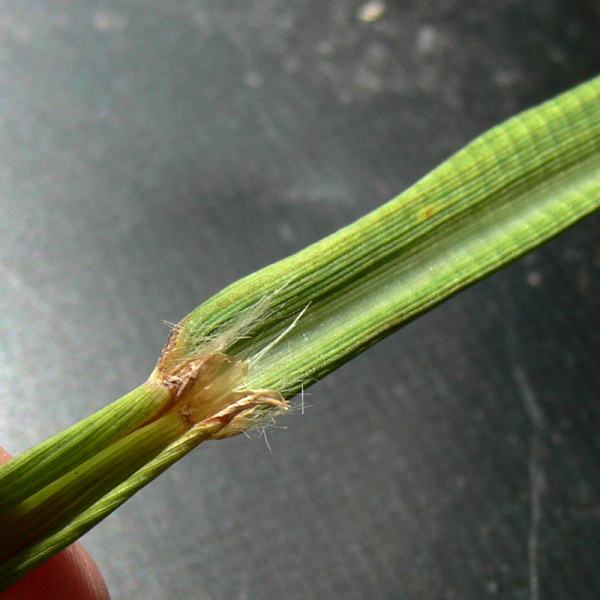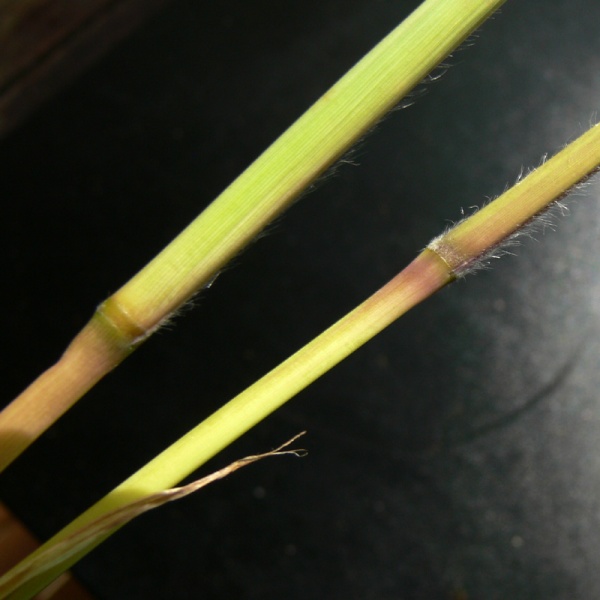Scientific Name: Paspalum urvillei
-
Pronunciation:pass-PALE-um ur-VILL-ee
-
Common Name:Vasey Grass, Giant Paspalum




-
Derivation:Paspalum: from the Greek paspalos (a kind of millet). urvillei: in honour of Jules Sebastien Cesar Dumort d'Urville (1790–1842), French naval officer and botanist.
-
Type:
-
Family:POACEAE
-
Status:WEED This introduced plant has escaped into local bushland. Without natural predators to keep it in check, it is out-competing native species.
-
Flowers:panicle up to 40 cm long with (usually) 12-18 racemes 6-14 cm long, becoming progressively shorter towards the apex. November to June
-
Species List:Grass book, Batianoff, TAFE, Cranks Creek, weeds, NPA Botany 07, Heritage Park
Cultural Notes
A native of South America, possibly introduced as a pasture grass, but now naturalised and widespread. It grows in disturbed areas on low nutri8ent soils. It is a tall coarse perennial of little or no economic importance.
Identification Notes
Culms sometimes branching at the lower nodes. Nodes are usually but not always glabrous. Leaf sheath coarsely hairy at base - upper sheath less hairy. Auricles present. Leaf blade up to 50 cm long and up to 2 cm wide, glabrous except for long hairs at the base of the upper surface. Ligule is a membrane 2-9 mm long Racemes 6-30 but usually 10-20 per panicle.
Landscaping Notes
CONTROL METHODS:
//Close button
×


